Inflate, raise the glycemia, makes you fat. On the fruit, especially in recent times, they have said and heard of all colors. In particular, after years of recommendations on the need to consume at least two servings a day, today several nutritionists - in the wake of some scientific studies - seem to have reversed the gear to the point of considering fruit as a food to be consumed with great moderation in order not to run the risk of seeing raise the weight or even encountering metabolic imbalances.
But really apples, pears & Co. should be viewed with suspicion? Let's try to clarify, also understanding how we can insert it into the diet without taking risks both for the line and for the health.
A friendly sugar?
"Some research, including a very authoritative one conducted byHarvard University, have shown that high doses of fructose, the sugar found mostly in fruit, are associated with an increased risk of obesity, diabetes, fatty liver and heart disease.
This is because, like all simple sugars, it raises the glycemia in the blood, so the pancreas begins to produce insulin, a hormone that transforms them into reserve fats ”, explains Sara Farnetti, specialist in internal medicine and functional nutrition.
"Actually the fructose to which the aforementioned studies refer is in most cases that industrial, that is, made from corn and added to beverages or packaged foods. In short, it is a "free" sugar, similar to sucrose (the common white sugar), and has nothing to do with that consumed with the whole fruit, fiber included ».
The secret is in the fiber
It is in fact precisely the fiber, soluble and insoluble, the key element to absolve fructose: because it manages to slow down the absorption of sugar in the blood, thus avoiding peaks in blood sugar and insulin production.
To confirm this, several studies can be cited: such as the one, which lasted 5 years and published byAmerican Journal of Nutrition, which highlighted how the consumption of fruit, without distinction of type, has contributed to check your weight in a group of 373 participants over 50 after they quit smoking.
How and when to eat it
However, these scientific evidences do not justify an excessive consumption of this food. As always, the moderation is the winning choice. And above all, beyond the calories, what matters is how the fruit inside is consumed diet daily. The first question then is: how much can you eat? And also, at the end of a meal or as a snack?
The quantity ok
The rule of two or three servings a day, for a total of about 400 grams, remains valid. Regarding the best time, a lot also depends on your preferences. Fruit like snack in the middle of the morning or afternoon it is a good habit, even better if it is eaten with the peel.
And to slow down the absorption of sugars even more, you can add a good fat, such as that of two or three walnuts (or almonds) or a whole white yogurt », explains Dr. Farnetti.
"If, on the other hand, you prefer to insert fruit at the end of a meal, remember a local what you ate before. If you have also consumed legumes, or pasta or bread, it would be better to avoid it, because they are all sugars and blood sugar would undergo a significant surge.
If, on the other hand, you've had lunch or dinner with steak and vegetables, fruit is a excellent complement (among other things, a kiwi at the end of a meal of this type, thanks to its vitamin C content, also favors the absorption of the iron present in the meat) ».
In absolute terms, to maintain one's weight the rule is to associate maximum two carbohydrates per meal; to lose weight, on the other hand, you only need one.
Organic: more and more popular
According to data from the economic studies firm Nomisma, in the country between March 2016 and March 2017 the sales of organic fruit and vegetables prepackaged in supermarkets reached 147 million euros, with an increase in 28% compared to the previous year, compared to + 9% in sales of "conventional" fruit and vegetables.
For 24% of buyers, organic products are safer for health, for 23% they are more respectful ofenvironment e for 63% they have superior organoleptic characteristics. So far, the opinion of consumers.
But really organic is better? Research by the now former National Research Institute for Food and Nutrition has shown that the natural antioxidants Lutein and zeaxanthin present in oranges are found in greater quantities in organically grown fruits.
While another study, always Inran, come on peaches and pears pointed out that the polyphenol content is higher in organic farming samples than in conventional ones.
Similar speech for the apples: according to a Swiss research, organic ones have a higher potassium content (+ 31%) and phenols (+ 19%). In the end grapes: research published in the British Journal of Cancer explains that resveratrol, powerful antioxidant, is found in higher concentrations in untreated plants, because it is produced by the same vines as a natural fungicide. Thus, if man adds the chemical, the plant synthesizes less.
Choose it, wash it and keep it that way
Speaking pesticides, according to the latest Legambiente report for 2016, the greatest residues of chemical substances were found in grapes, strawberries, pears, apples, peaches, berries and exotic fruits.
It goes without saying that when you eat a fruit with the peel (according to EFSA, the European Food Safety Authority, the apples are among those that most absorb pesticides) it is better to prefer bio.
Other precautions. Always choose seasonal products. «They are better (in terms of taste and nutrients) because they are picked at the right moment of ripening», says Dr. Giorgio Donegani, food technologist.
"And they cost even less, especially if you opt for those at 0 km, which take little time to reach the point of sale: they are good, fresh and respect the environment more, because their transport is very short".
Wash the fruit under running water. After 15 seconds under the jet, 80% of the pesticides are eliminated. But pay attention to delicate types such as strawberries: better immersion for a few minutes in a basin, with a final rinse.
"Then remember that bicarbonate can be useful, but only to eliminate pathogens," warns our food technologist. “It's for bacteria like salmonella, not for pesticide residues. Use it especially for those fruits, like melon and watermelon, which growing in contact with the ground are more at risk of contamination ». Do not put it in the refrigerator after rinsing it. "Molds and other unwanted guests could develop," explains Dr. Donegani.
In the cold place only the "dry" and ripe fruits. «A room temperature, if you don't have more than 30 ° C at home, you can keep bananas and apples. And if they are still a little unripe, then also pears, peaches, apricots, plums and other thin-skinned varieties. But be careful: once they have reached a good level of maturation, put them in the refrigerator and dispose of them within 48 hours », concludes our expert.
Cooked, dehydrated and in syrup: what changes?
Cooked fruit loses much of its content in Vitamins, which are thermolabile, while canned and salted minerals. It is more digestible and has laxative properties. The best way to cook it is in the microwave, because heat exposure times are reduced and no water needs to be added.
A good alternative is in the oven, in foil. Dehydrated fruit, on the other hand, keeps the content of vitamins, minerals and antioxidants intact. At the same weight, compared to the fresh one it is much more caloric because it is deprived of the aqueous component and the sugars are thus much more concentrated.
But be careful to buy quality products, free of preservatives like the E220. Fish, apricots, pineapples and other fruit in syrup are obtained after immersion at 90 ° C for a few minutes: this process destroys 30-50% of the vitamins. Storage in glucose or sucrose syrup then makes the product even more sugary: better rinse it.
Five colors, many benefits
Just look at the color of its skin to find out what are the positive health effects of a particular fruit. And know that experts recommend 3 different colored fruits every day. Discover them all below.
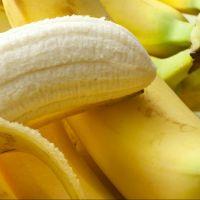

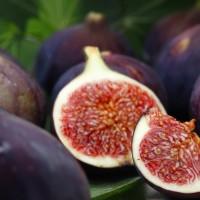
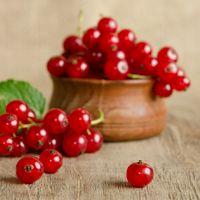
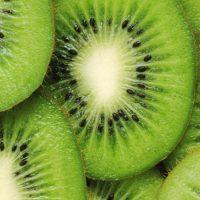

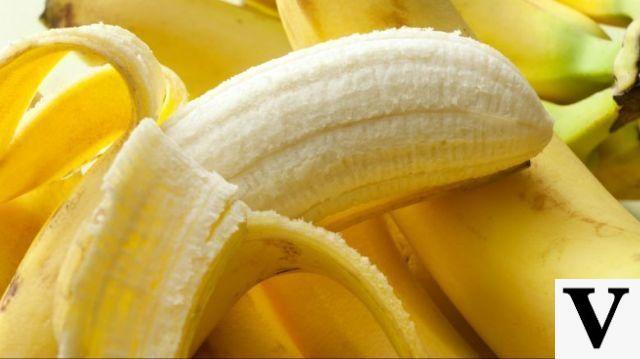
Bianca
It is generally a good reserve of potassium and phytocompounds linked to the reduction of blood cholesterol.

Yellow-orange
It is a source of carotenoids precursors of Vitamin A, useful for hormone synthesis, cell differentiation and growth and the immune response. In terms of prevention, it is also valuable for the health of eyes and for the beauty of skin.
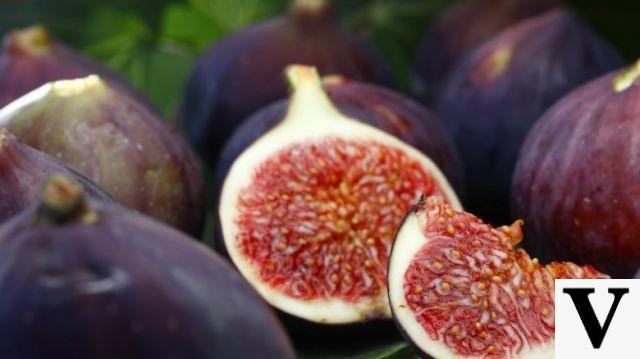
Blue-violet
Contains powerful anthocyanins antioxidants which have positive effects on the urinary tract and memory, as well as being associated with a reduction in the risk of cancer and cardiovascular disease and an anti-aging action.
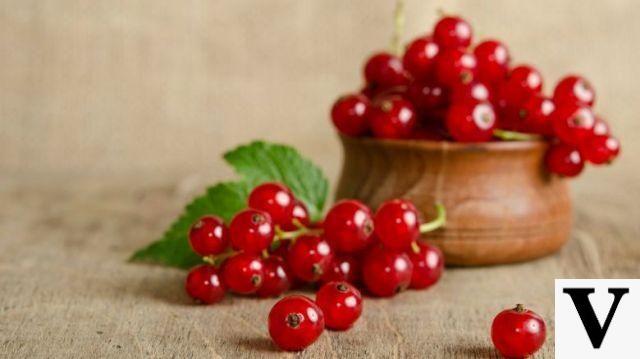
red
Rich in lycopene, it has remarkable antioxidant properties and a protective effect on some types of cancer, such as the prostate. Thanks to the presence of anthocyanins, it also protects against tumors and cardiovascular diseases.
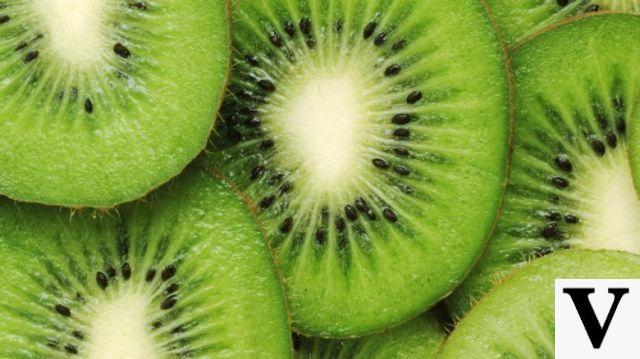
finanacing
It is abundant in glucosinolates, which are useful for reducing the risk of certain types of cancer. And then rich in iron, folic acid and vitamin C, for which it has a restorative action and strengthens the immune system.


























